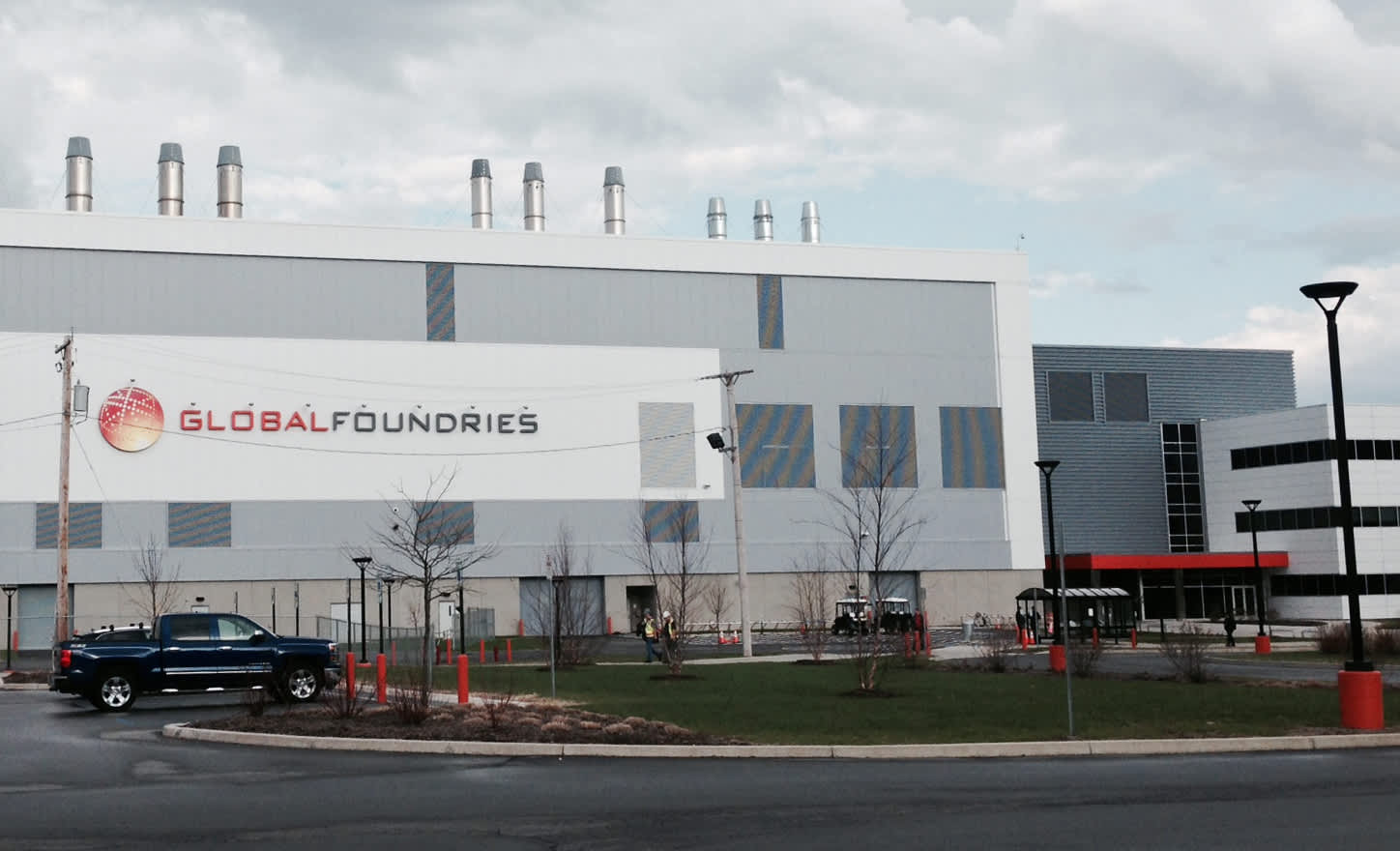GlobalFoundries, the third-largest foundry, is planning to invest $1.4 billion in its chip factories this year, and will likely double that investment next year, CEO Tom Caulfield told CNBC in an interview.
Caufield said the company’s manufacturing capacity is completely booked and that industrywide semiconductor supply could lag behind demand until 2022 or later.
“Right now all our fabs are not only more than 100% utilized, we are adding capacity as fast as we can,” Caulfield said.
A shortage of semiconductor microchips is causing havoc around the world, delaying car production and affecting the operations of some of the largest consumer electronics manufacturers.
The shortage has highlighted the role of a handful of foundries, which are the factories contracted by semiconductor firms to build chips. Many, like GlobalFoundries, are investing billions in new production lines and upgraded equipment to keep up with the surge in demand and shortfalls in supply.
GlobalFoundries is the largest U.S.-headquartered “pure” foundry, with factories in the U.S., Germany and Singapore. It manufactures semiconductors designed by companies like AMD, Qualcomm and Broadcom. It’s currently a private company owned by the government of Abu Dhabi. The company is considering an IPO in the first half of 2022 or sooner, Caulfield said.
Major investments and rising demand
GlobalFoundries is still a relatively small player, with only a 7% share of the foundry market according to Trendforce. Other foundries are investing big dollars too.
Taiwan-based TSMC, the biggest company in the space with a 54% market share, said on Thursday it plans to invest $100 billion over the next three years to increase its capacity to meet demand.
Intel, which designs and manufactures its chips, announced on March 23 it plans to become a foundry and manufacture chips for other companies. It’s investing $20 billion U.S. chipmaking plants.
Caulfield said he welcomes Intel’s shift and doesn’t see the company as a new competitor. One key difference is Intel is skilled at “bleeding edge” manufacturing or making chips with the smallest and most dense transistors, which are required for powerful CPU chips at the heart of a computer or smartphone.
But Caulfield says the industry shortages, specifically for the automotive world, aren’t because of demand for leading node chips. The shortages are for other parts cars need, like radar chips, which don’t necessarily require the most advanced manufacturing available at the time.
“The auto industry is not having a chip shortage because it doesn’t have CPUs. No one’s saying I can’t build enough computers, it’s all the other chips,” Caulfield said.
Chips that are designed to enable specific features are what GlobalFoundries specializes in.
GlobalFoundries manufactures secure chips for contactless payments, battery power management and touch display drivers. These chips first were used in large quantities for smartphones, but are now included in a wide range of products from cars to appliances, which has created a surge in demand.
However, most of the investments in the foundry world have been for building bleeding-edge, high-speed chips. That all changed last year when the pandemic hit, and sales of electronics including laptops, monitors, and game consoles rose when people bought equipment to work or go to school from home.
Those products require a lot of additional chips beyond the CPU, seeding the start of the chip shortage and highlighting the need for more capacity to build what Caulfield calls “feature-rich” chips. Smartphones and computers also increasingly need non-leading node chips to connect to 5G networks or add additional cameras.
GlobalFoundries warned it will take months before it can increase the number of chips on the market, but that the capacity boost makes sense for long-term investments. “The minute you say, I want to make more capacity, it’s a 12-month cycle,” Caulfield said.
“The semi industry going into Covid was projecting a 5% annual growth rate for five years. We’re projecting that to almost double now,” Caulfield said. “It’s not a one-time thing. It’s a structural shift, that the pervasive need for semiconductors is accelerating.”

